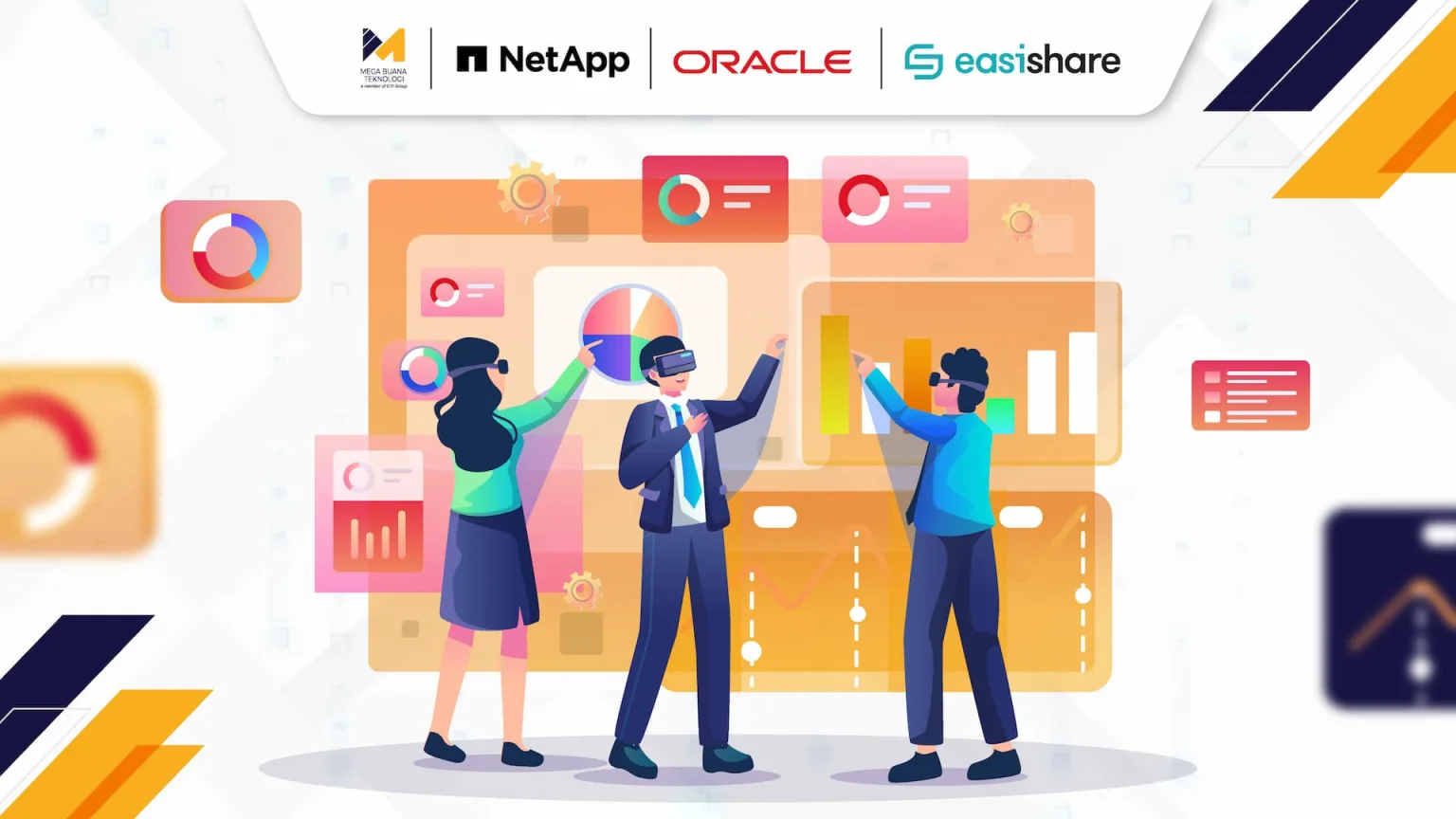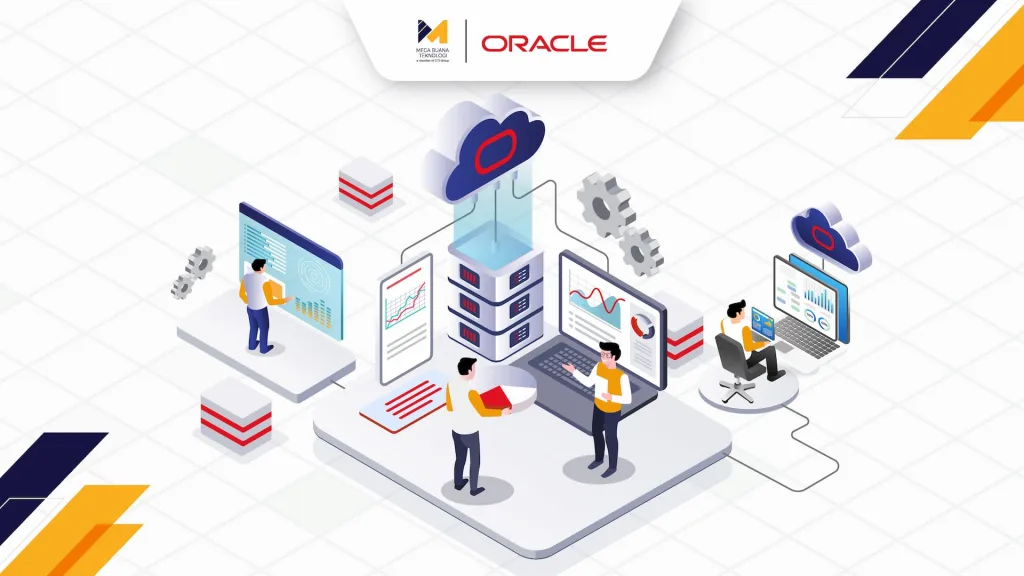Digital transformation has become a top priority for modern businesses. But let’s be honest, how many companies actually get it right?
Too often, businesses rush to “go digital” just to keep up with trends, without a clear direction or plan. The result? Budget overruns, stalled technology, and operations that remain stuck in the past. Digital transformation is more than swapping manual tools with digital ones—it’s about reshaping how your entire business operates and thinks.
Without a solid strategy, your transformation will become an expensive experiment. That’s why understanding and applying a comprehensive digital transformation strategy is the difference between success and failure.
In this article, we’ll walk you through actionable steps to build a digital strategy that’s relevant, effective, and delivers real results.
What Is a Digital Transformation Strategy and Why It Can’t Wait
Digital transformation is no longer just a trend; it’s a business imperative. But embracing change isn’t as simple as adopting the latest technologies. Many organizations still treat digitalization as a purely technical project, when in fact, its success depends on a holistic strategy that unites technology, processes, and workplace culture.
So, what exactly is a digital transformation strategy? In simple terms, it’s a comprehensive plan that leverages digital technologies to improve core areas of a business, from manufacturing and supply chain to customer service. But it’s important to remember transformation is not the end goal. What matters most is the business impact, greater efficiency, accelerated growth, and leaner operations.
Consider this: 92 percent of industry professionals say their companies have already taken steps toward digital transformation. Yet many are still struggling to see results, largely because they lack a clear and robust strategy.
This is why building a strong foundation is critical. Without a measurable short-and long-term roadmap, digital initiatives risk becoming disconnected projects with little value. A successful digital strategy requires:
- Cross-functional collaboration
- A shared vision
- Consistent communication across the organization
Who Should Be Involved in a Digital Transformation Strategy?
Digital transformation is not a one-department project. To succeed, it requires cross-functional collaboration and support from every level of the organization. This is often what separates meaningful transformation from a short-lived experiment.
In fact, a combination of top-down and bottom-up engagement can increase ROI potential by two to three times. When both leadership and employees are actively involved, the impact becomes far more substantial.
Here’s who should be part of your digital transformation strategy team:
Executive Leadership (C-Suite)
CEOs, CIOs, CTOs, and other top executives play a critical role in shaping the direction and vision of transformation. They’re not just budget approvers; they need to champion digital initiatives and ensure alignment with long-term business goals.
Digital Transformation Leaders
Many organizations appoint a dedicated transformation team or a Chief Digital Officer (CDO) to lead the charge. These leaders bridge the gap between strategic vision and practical execution, ensuring focus, visibility, and accountability throughout the journey.
Cross-Functional and Cross-Level Teams
Inclusion is another key success factor. Involving representatives from departments like operations, HR, finance, and marketing fosters ownership and ensures that every process is aligned and integrated.
The Right Technology Partners
Digital transformation is rarely a solo mission. Most companies collaborate with technology partners or consultants who understand both the industry and business challenges. The right partner goes beyond tech expertise; they’re invested in your business outcomes.
7 Steps to Building an Effective Digital Transformation Strategy
Now that you understand who should be involved and why a digital transformation strategy is essential, it’s time to move from planning to action. Here are seven practical steps to help you build a digital transformation strategy that drives real business impact.
1. Define the “Why” Behind Your Digital Transformation
Before diving into technology, ask yourself: Why does your organization need to transform? Is it to improve efficiency? Enhance customer experience? Unlock new revenue streams? This “why” will serve as the foundation for your entire strategy.
2. Prepare for Cultural Change
Digital transformation isn’t just about new tools—it’s about new ways of working. Identify areas where technology can improve team productivity, cross-functional collaboration, or faster decision-making. Cultivate a mindset of adaptability and innovation at every level of the organization.
3. Start Small, but Make It Count
Your first step should be strategic. Launch a small-scale digital initiative that delivers measurable, quick wins. Early success helps build credibility and momentum for broader support and future projects.
4. Design a Clear Technology Roadmap
Don’t jump into tech adoption blindly. Create a roadmap that outlines which technologies you need, when to implement them, and how they align with your business objectives. This will serve as your guiding compass throughout the transformation journey.
5. Partner with the Right Experts
You don’t have to go alone. Working with experienced technology partners or consultants can help you execute faster, avoid common pitfalls, and gain sharper insights into what truly works for your business.
6. Collect Feedback and Stay Agile
Digital transformation is rarely a straight line. Gather input from your teams and continuously assess what’s working and what’s not. A flexible strategy that adapts to real-world conditions is far more resilient than a rigid one.
7. Expanding Reach and Driving Transformational Change
Once your initial projects succeed, it’s time to scale. Use lessons learned from early efforts to expand impact across the organization. Remember: every business’s transformation journey is unique. Keep your strategy relevant, contextual, and ready to evolve.
Start Here: Solutions to Drive Your Digital Transformation
A successful digital transformation starts with a strong foundation, a clear strategy, and the right solutions. Here are three powerful technologies that can help your organization implement digital transformation initiatives effectively.
NetApp: Strong Data Protection Against Ransomware Threats
With ransomware attacks on the rise, companies need data protection that’s not just reactive, but proactive. NetApp offers a multi-layered defense strategy featuring immutable storage to prevent malware from modifying or deleting critical data.
Its backup and recovery system supports both on-prem and cloud environments, allowing for fast data restoration with minimal operational disruption.
Key benefits of NetApp for digital transformation:
- Space-efficient, high-speed snapshots for regular backups
- Rollback capabilities to restore data to its pre-attack state
- AI-powered early detection of suspicious activity
- Integration with leading third-party security platforms
NetApp ensures business continuity with secure, scalable, and intelligent data protection.
EasiShare: Smart and Secure Document Management
As data volume and complexity grow, managing documents efficiently becomes a major challenge. EasiShare offers an AI-powered document management platform that combines intelligent search, enterprise-grade security, and real-time collaboration, all in one seamless solution.
Thanks to its integration with generative AI technology from Squirro, EasiShare enables context-based information retrieval, not just keyword search, significantly boosting workflow efficiency.
Top features of EasiShare include:
- AI-powered enterprise search for faster, more relevant results
- Robust data security with encryption and strict access controls
- Real-time collaboration with full version history tracking
EasiShare empowers teams to work smarter, make faster decisions, and stay compliant with data policies and regulations.
Oracle: Integrated Cloud Services to Accelerate Digital Transformation
Oracle delivers a complete, secure, and flexible cloud ecosystem to help businesses fast-track their digital transformation. With over 100 cloud services, Oracle supports everything from data management and app development to AI-driven analytics and process automation.
Highlights of Oracle Cloud include:
- Industry-grade security and compliance standards
- Integrated services including AI, IoT, and advanced analytics
- ELEVATE program with Deloitte to help reimagine business processes
Oracle is built for flexible migration paths, whether full-cloud or hybrid, allowing organizations to transform at their own pace without disrupting ongoing operations.
Also Read: All About Database Management Systems (DBMS): The Smart Way to Manage Business Data
Start Your Digital Transformation Journey with Confidence Together with MBT
Don’t let digital transformation remain just a buzzword. Now is the time to act.
As an authorized distributor of Oracle, NetApp, and EasiShare, Mega Buana Teknologi (MBT), a subsidiary of CTI Group, is here to accelerate your digital transformation journey. From data protection and document management to business process modernization through cloud and AI, MBT provides the right solutions tailored to your needs.
More than just solutions, MBT offers comprehensive 24/7 IT support from planning and deployment to post-implementation, designed to give you the confidence and peace of mind to build a strong digital foundation.
Curious how our solutions can align with your business goals? Get in touch with the MBT team today and start your IT transformation with the right partner by your side!
Author: Wilsa Azmalia Putri – Content Writer CTI Group




